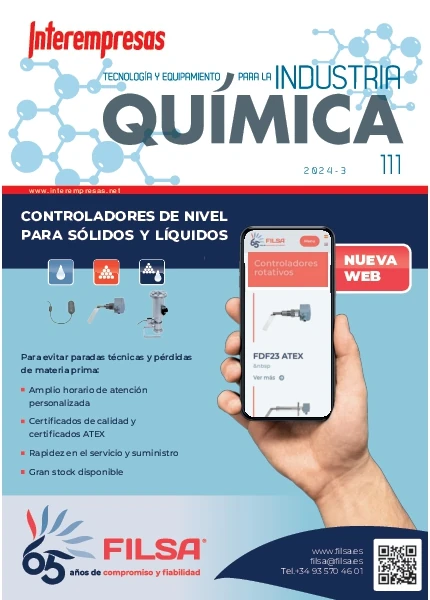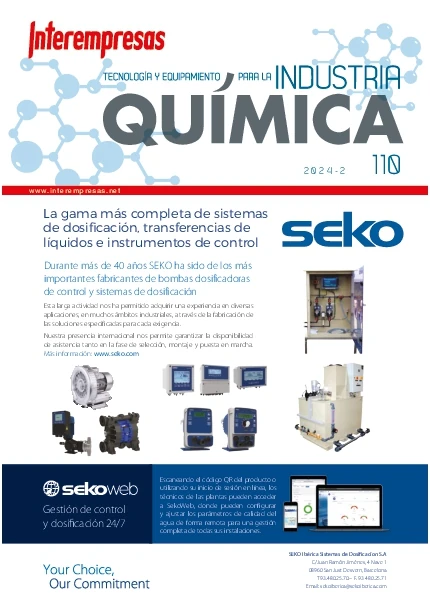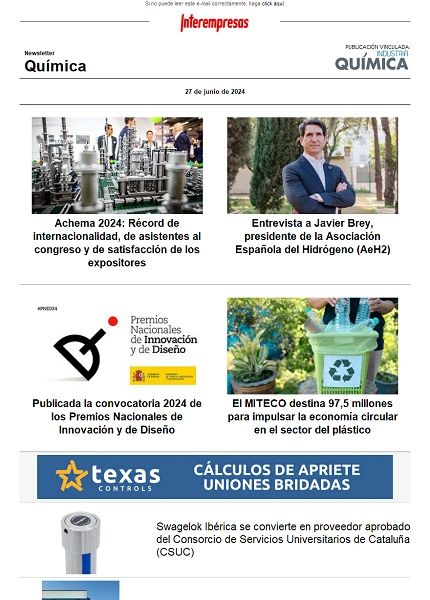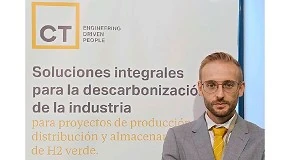Bioremediation of contaminated soils
OTT-CSIC Madrid01/02/2006

The researchers have genetically modified a plant, through the incorporation of the gene linA, from the bacterium Sphingomonas paucimobilis isolated from soils contaminated with lindane. The linA gene encodes an enzyme which acts on the lindane and transforms it into trichlorobenzenes, a product of lower toxicity and easier degradation in the environment. The research groups that are members of this team have been led by José Eduardo González-Pastor of the Center for Astrobiology (CSIC-INTA) and Victor of Lorenzo of the National Center of biotechnology (CSIC).
Although the trichlorobenzenes is also toxic, explains José Eduardo González-Pastor, principal investigator of the project, "is more volatile and has a much lower toxicity than lindane degree." Lindane is very specifically because it has a very distinct targets (for example the neuroreceptor of GABA and estrogen receptor) while the trichlorobenzenes acts of more diffuse. For this reason, "in equivalent amounts of one and another compound, lindane is much more toxic".
The application would be extremely simple, since it would consist of planting soil contaminated with transgenic plants to observe a significant reduction in the concentrations of lindane in soil. Laboratory tests have been made with the plant model Arabidopsis thaliana. But if implemented, qualifies González-Pastor, "it would have to transfer the gene linA to a more robust plant that can live longer and also processed more lindane".
A problem of this technique is the restriction of the use of transgenic plants, since the treated soils should be in confined areas to prevent genetically modified plants are dispersed, and may compete or even generate hybrids with other plants in the environment. However, the researchers believe that this would not be a problem in this case as "soils contaminated with lindane are also in a confined, at least in Spain landfill".
Another aspect that researchers are evaluating is what would later become with the plant. One option is to remove it by incineration. But before the researchers need to know what volume of trichlorobenzenes is accumulated on the floor. "It is possible that not everything to accumulate in the plant and that part of the compound is degraded by soil microorganisms". "Is also possible that a fraction is mobilized through the leaves", explained.
In bioremediation, they added, ideally have a plant that degradase the pollutant into something inert. The linA gene triggers an enzymatic process by which the molecule of lindane absorbed by the plant are van robbing chlorine atoms, until that becomes unstable and becomes trichlorobenzenes. Ideally, they explain, would add another enzyme that in turn degrade the trichlorobenzenes and become it something completely harmless.
The problem of lindane in Spain
The problem of pollution by lindane in Spain is especially concentrated in the Basque country and Galicia, which have existed for many years landfill sites with contaminated soil from the insecticide-producing factories. There is even no clean technology to remedy these soils, which receives no treatment. And the available methods, such as incineration, are extremely expensive to process a large volume of waste. Thus, waste are confined in cells of security or controlled landfill sites - some of immense proportions - until that is a system of treatment effective, economical and little pollutant in turn. But also controlled landfills do not cease to be a temporary solution. With the passage of the years should be subject to costly renovations, to maintain the level of confinement and prevent that pollutants are dispersed.








































